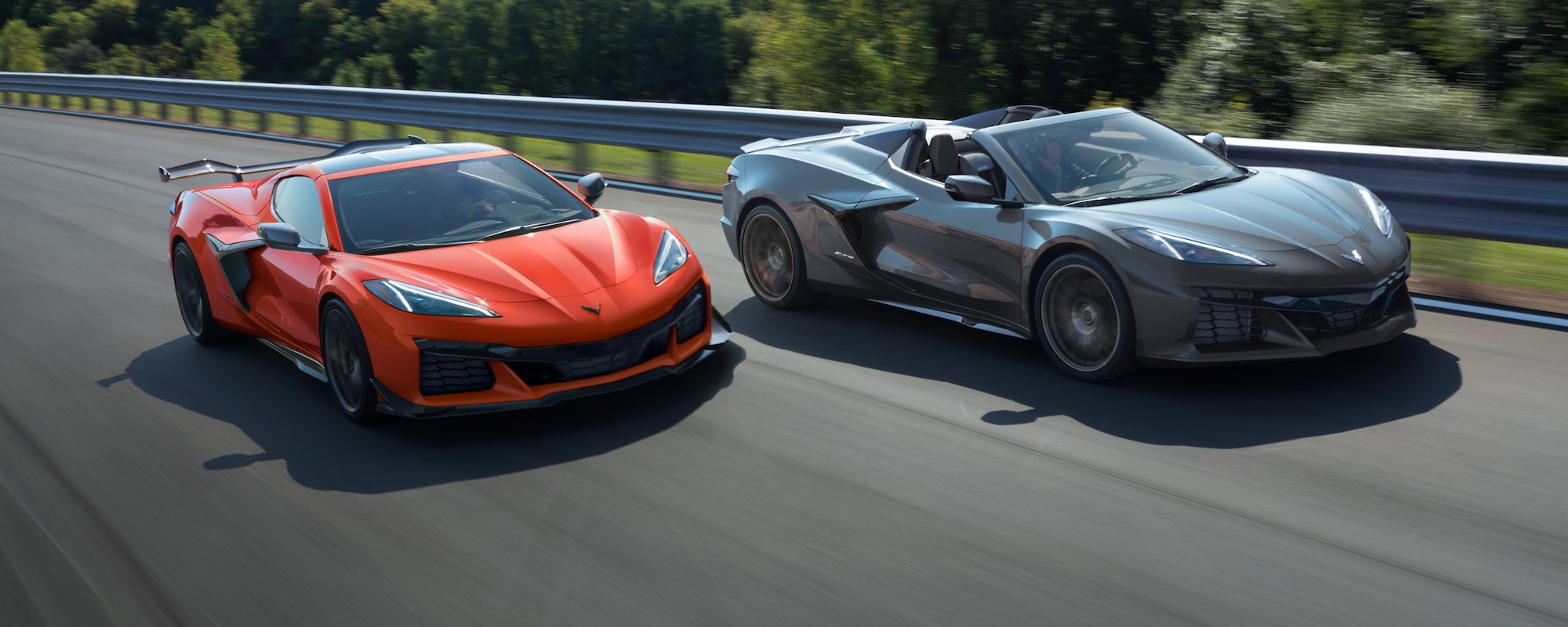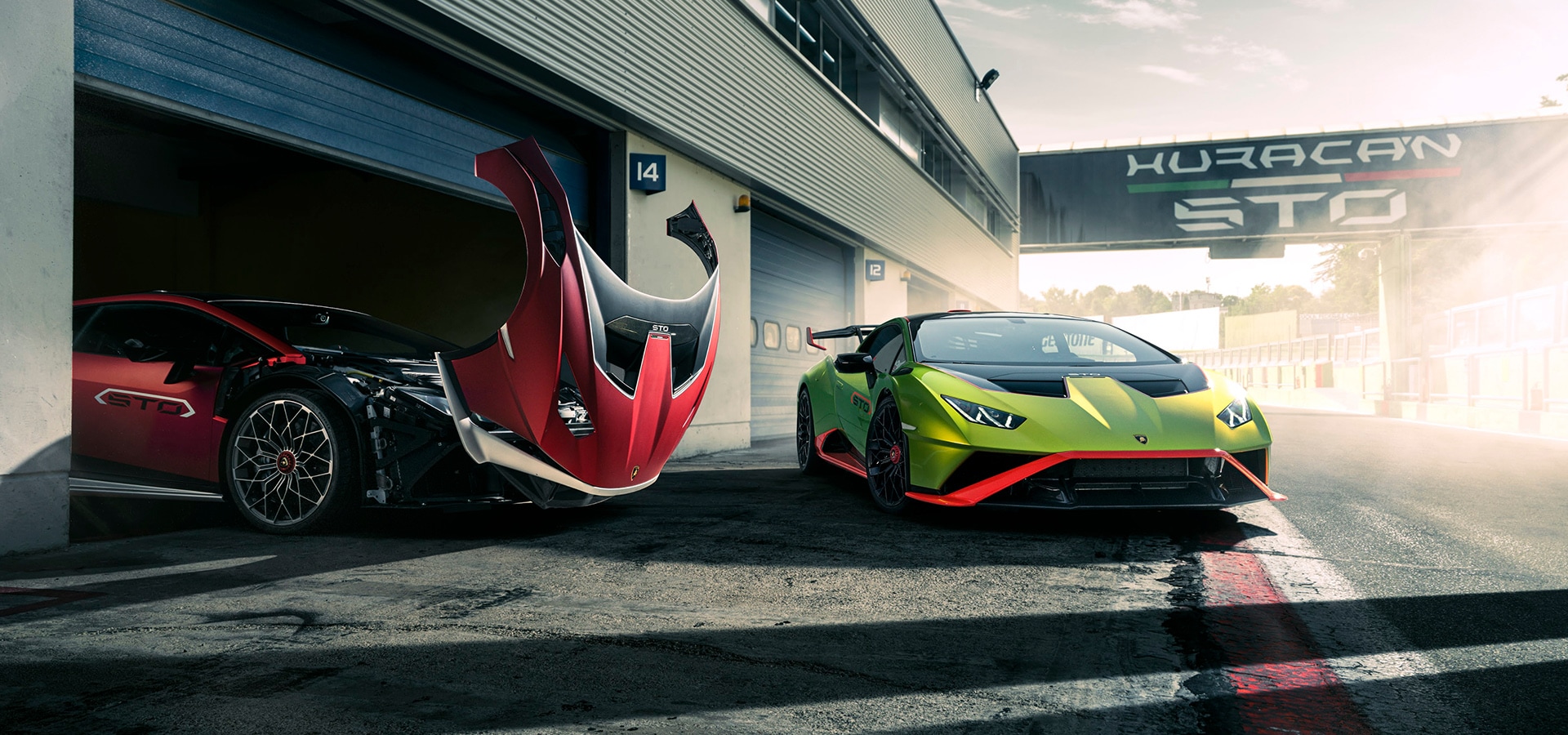- Get link
- X
- Other Apps
When it comes to cars, the number of cylinders in an engine plays a significant role in how a vehicle performs, handles, and consumes fuel. Whether you’re looking for an efficient daily driver, a muscle car, or a high-performance luxury vehicle, understanding the pros and cons of different engine configurations can help you make an informed decision. In this post, we’ll break down the advantages and drawbacks of 3-cylinder through 16-cylinder engines.
 |
| Chevrolet |
3-Cylinder Engine: Compact and Efficient
Pros: A 3-cylinder engine is a good choice for compact efficient cars, for everyday driving and acting as grocery haulers. These cars are usually cheap to build and sell for an affordable price. many first cars have 3-cylinder engines due to their reliability and afordabillity.
Cons: Despite their efficiency, 3-cylinder engines do come with limitations. Their power output is lower compared to larger engines, making them less ideal for heavy loads or performance-focused vehicles. Additionally, some drivers may notice a rougher ride, especially at higher RPMs, and the engine may feel strained under heavier acceleration or high-speed cruising.
3 Cylinder cars include the Toyota GR Corolla and the Nissan Rogue
 |
| Toyota |
4-Cylinder Engine: The Best of Both Worlds
Pros: The 4-cylinder engine strikes a balance between performance, fuel efficiency, and practicality. This is the most common engine configuration in cars today, found in everything from compact sedans to mid-sized family cars. 4-cylinder engines offer good power for everyday driving, excellent fuel economy, and relatively low emissions. It’s the ideal engine for most daily commuters and those looking for a reliable, cost-effective option.
Cons: Although 4-cylinder engines are versatile, they can be underpowered for those who need more muscle, such as for towing or performance driving. They also tend to have more noticeable vibrations compared to larger engines, and while they are fuel-efficient, they may not offer the performance some drivers desire in sports or luxury cars.
4 cylinder cars include the Toyota Camry, the Mercedes C 300 and the Honda CR-V
 |
| Toyota |
6-Cylinder Engine (V6, I6, Flat 6): Power and Smoothness
Pros: A 6-cylinder engine provides more power and torque, making it a popular choice for mid-sized cars, trucks, and SUVs. If you’re looking for a smoother ride, a 6-cylinder engine delivers better refinement than smaller configurations. With its extra power, it’s also a great choice for towing and hauling heavy loads. It strikes a nice balance for drivers who want a mix of performance without sacrificing fuel efficiency too much.
Cons: The primary downside to a 6-cylinder engine is its fuel consumption. While it’s more efficient than the larger 8-cylinder engines, it consumes more fuel than a 4-cylinder. The additional power also comes with higher emissions. Maintenance and repairs can be pricier, too, because there are more parts to maintain.
6 cylinder cars include the Nissan GTR (V6) the BMW M340i (I6) and the Porsche 911 GT3 (flat 6)
 |
| Porsche |
8-Cylinder Engine (V8): Raw Power
Pros: When it comes to performance, few engines beat the V8. Known for its high horsepower and torque, the V8 engine is the heart of muscle cars, trucks, and performance vehicles. It’s smooth and powerful, perfect for those who need high performance and towing capability. Whether you're towing a trailer, hauling heavy loads, or looking for thrilling acceleration, the V8 offers the power to deliver.
Cons: The major downside of a V8 engine is its fuel efficiency. The powerful engine uses a significant amount of gas, making it less ideal for everyday commuting, especially with rising fuel prices and environmental concerns. Additionally, V8 engines emit more pollutants and require more maintenance and repairs, making them expensive to own in the long run.
8 cylinder cars include the Corvette ZO6, the BMW M5 and the Ferrari SF90
 |
| Ferrari |
10-Cylinder Engine (V10): Extreme Performance
Pros: V10 engines are built for enthusiasts who crave extreme performance. Found in high-end sports cars, supercars, and even some heavy-duty trucks, V10 engines offer breathtaking acceleration and top-tier power. They combine the smoothness of smaller engines with the brute force of larger ones, making them perfect for fast, high-performance vehicles and towing large loads.
Cons: However, this power comes at a steep price. V10 engines are notoriously inefficient, leading to poor fuel economy. Emissions are higher, and maintenance costs can be astronomical. Due to their rarity, vehicles with V10 engines are often expensive both to purchase and to maintain, limiting their practicality for everyday use.
10 cylinder cars include the Lamborghini Huracan, the Audi R8 and the Lexus LFA
 |
| Lamborghini |
12-Cylinder Engine (V12): Luxury and Performance Combined
Pros: The V12 engine is the epitome of luxury and performance. These engines are known for their exceptional smoothness and refinement, offering an incredibly comfortable driving experience. With immense power and torque, V12 engines are often found in top-tier luxury cars and exotic supercars, providing outstanding performance and a thrill every time you press the accelerator. They're also capable of towing large loads while maintaining a level of refinement and smoothness that few other engines can match.
Cons: The downside of the V12 is its extreme inefficiency. These engines consume a large amount of fuel and produce high emissions, making them less than ideal for eco-conscious buyers. They’re also extremely expensive to buy and maintain, both in terms of parts and labor. Given their limited practical applications, they are generally reserved for the ultra-luxury market and are not a common choice for everyday drivers.
12 cylinder cars include the Pagani Utopia, the LaFerrari, the Aston Martin Vanquish and the Lamborghini Revuelto.
 |
| Pagani |
16-Cylinder Engine (V16 and W16): The Pinnacle of Power and Exclusivity
Pros: The V16 engine represents the peak of automotive engineering, offering unimaginable power and torque. It’s found in ultra-exclusive luxury cars and concept vehicles, combining immense performance with unparalleled smoothness. The power delivery is so refined that driving a V16 or W16 feels like gliding through a cloud. It’s not just about performance; it's about status—V16-powered cars are rare, only manufactured by Bugatti, making them symbols of automotive excellence.
Cons: Despite its mind-blowing performance, V16 and W16 engines are impractical for most drivers. Fuel economy is horrendous, and emissions are through the roof. These engines are incredibly expensive to manufacture and maintain, and parts are often bespoke and difficult to find. Their heavy weight can also affect the handling and overall driving experience. Furthermore, only Bugatti vehicles use 16 cylinder engines, limiting their availability and use.
16 cylinder cars include the Bugatti Chiron (W16), the Bugatti Tourbillion (V16) and the Bugatti Bolide (W16)
 |
| Bugatti |
Conclusion: Which Engine is Right for You?
When choosing the right engine for your needs, it’s important to consider what matters most to you: fuel economy, power, towing capacity, or overall performance. Smaller engines like 3-cylinders and 4-cylinders are great for fuel efficiency and daily driving, while 6-cylinder and 8-cylinder engines offer a balance of power and smoothness for those who need more performance. For those with a need for extreme power, 10-cylinder and 12-cylinder engines provide high performance, but at the cost of poor fuel economy and high emissions. Finally, the 16-cylinder engine is a marvel of engineering, but it’s reserved for the ultra-wealthy and performance enthusiasts.
Ultimately, the best engine for you depends on your personal needs, driving habits, and budget. Whether you’re looking for a commuter car or a high-performance machine, there's an engine configuration that’s perfect for you!
- Get link
- X
- Other Apps
Comments
Post a Comment